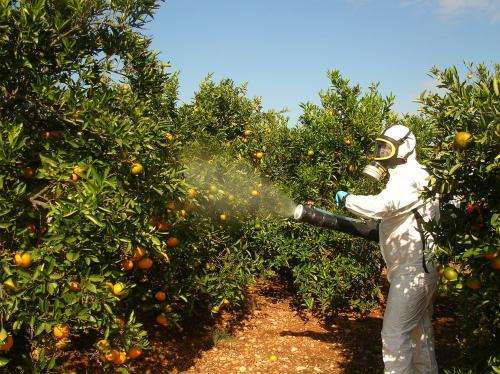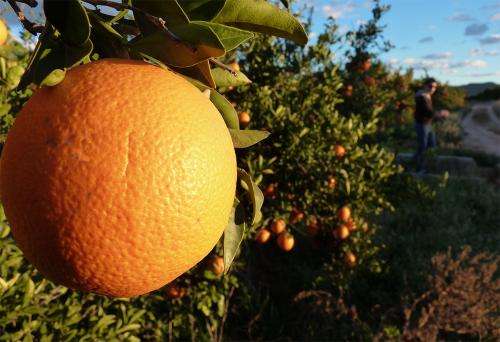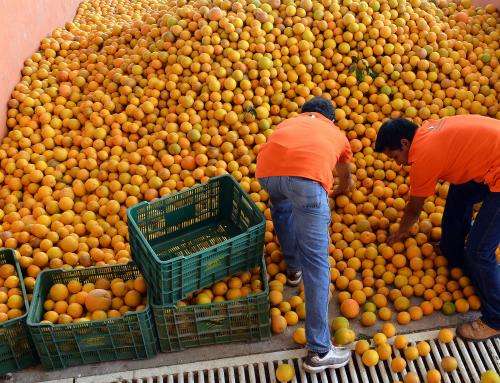Tracking pesticide residues in citrus allows export

Agricultural exports still represent a significant economic benefit for Mexican companies, but they can be affected by the presence of pests or substances harmful to the consumer.
The Center for Research and Assistance in Technology and Design of Jalisco (CIATEJ) performed a risk analysis study of pesticides in citrus destined for export as a precautionary measure and as the basis of complying with international standards.
The economic importance of the project is evident, but so are the social and health aspects; Nohemí del Carmen Reyes Vázquez, director of the unit of CIATEJ located in the northern state of Nuevo León, explains that pesticides are applied at various stages of crop development to protect produce from pests. Chemicals are also added during post-harvest to preserve fruit quality.
"Most of these substances have been classified by various international organizations as possibly carcinogenic to humans; because of this, legislation has been developed that establishes the maximum concentration of pesticide that can be accepted in the fruit. That is, maximum permissible limits or MRLs that guarantee the safety of the fruit and will not generate any harm to the health of consumers. "
"Analyzing extremely low levels of a large number of pesticides in a sample of fruit requires a heavy investment in analytical technology and highly qualified personal, which has been the main constraint in developing countries that lack the infrastructure and human capital to monitor agricultural products for export, " explains CIATEJ director in Nuevo Leon, whose headquarters are located in the Park for Research and Technology Innovation (PIIT).

This unit has analytical infrastructure capable of the simultaneous detection of hundreds of pesticide molecules at levels of micrograms in any food matrix. "This strength is key to supporting the agricultural and agribusiness sector to compete in foreign markets and to boost food safety in our country."
Thus, research implements analytical methods to simultaneously detect a large number of pesticides in citrus fruit to levels below the mark of international standards and the multi-evaluation of residual pesticides in samples of orange orchards at harvest time, leading to a diagnosis of pesticide contamination in the citrus region of Nuevo Leon.

The project, "Validation of technologies for detecting residue trace levels of compounds under regulation in citrus crops of Nuevo Leon," is sponsored by the Produce Foundation, were Octavio Gaspar Ramirez, María Elena Heras Ramirez Victor Manuel Alcantar Rosales also participate.
Provided by Investigación y Desarrollo


















